Conspiratorial Aesthetics
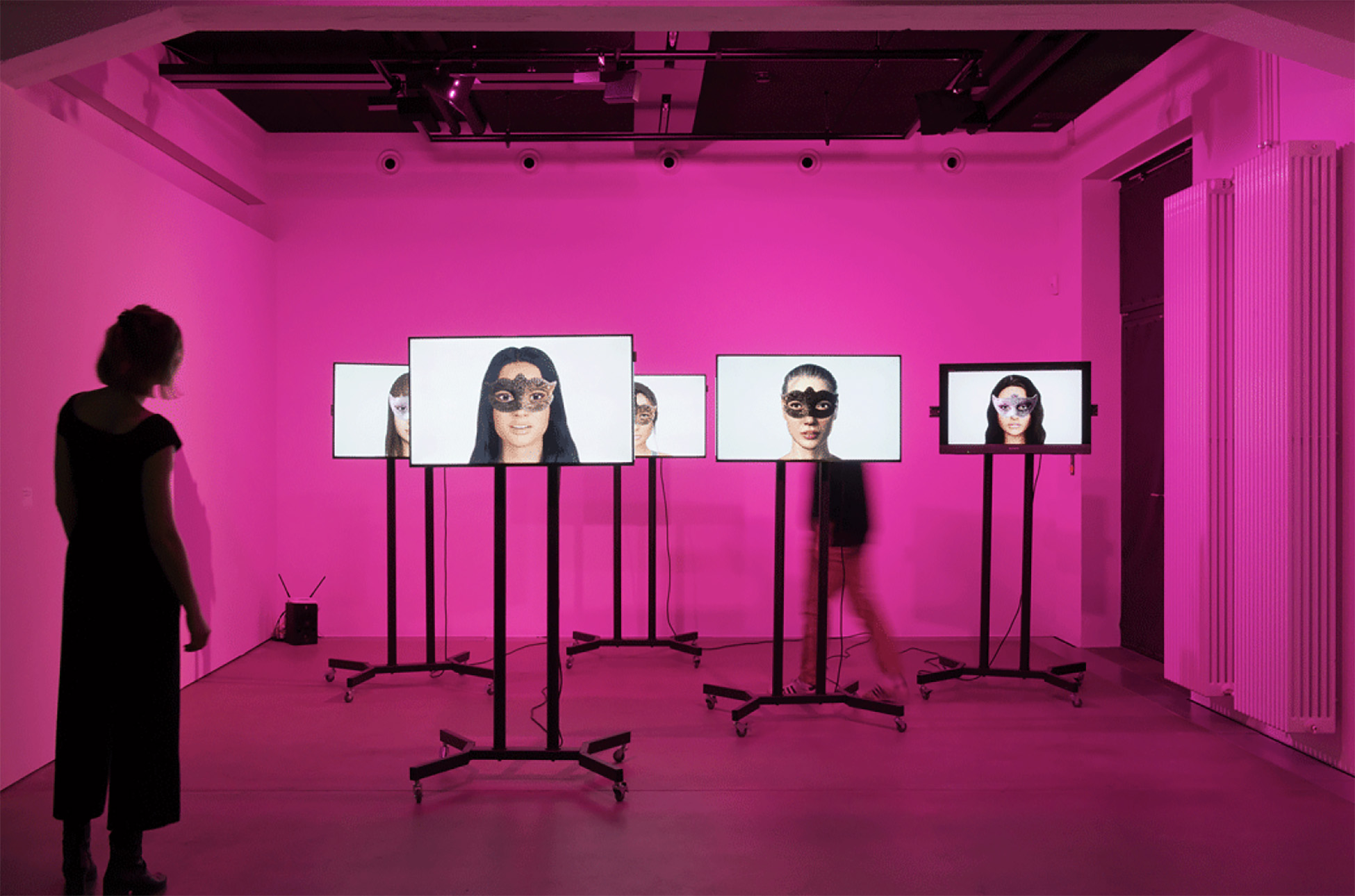
Exhibition: March 1 - April 6, 2019
Reception: March 1, 2019 | 6-8 pm
Performance: "Sequel" by artist Cara Benedetto, March 19, 2019 | 6-8 pm
Cressman Center for Visual Arts
100 E Main Street
Louisville, KY 40202
Conspiratorial Aesthetics investigates the form and function of conspiracy in contemporary art. Featuring digital renderings of undercover adulterous bots, schematics for car bombs that didn’t exist, and frantic notations on silhouette targets, the exhibition asks, “What does conspiracy look like? And why does so much new art look conspiratorial?”
Many of the artists in the exhibition are concerned with actual conspiracies. !Mediengruppe bitnik’s work playfully investigates the content of the notorious website Ashley Madison, which offered an anonymous online space for would-be adulterers to meet one another. When the website was hacked in 2015 it was revealed that a large number of women using the site were actually computer bots designed to fool men into paying for premium accounts. !Mediengruppe downloaded these bots, here specifically the ones that claimed to live in Louisville, and then gave them physical presence. They programed digital faces for the women, and put them in the gallery space to converse with one another. Walid Raad’s art, produced under the guise of the “Atlas Group,” investigates evidentiary material from the Lebanese Civil War (1975 to 1990). But because Raad does not have access to the material directly (due, largely, to government conspiracy), he invents this evidence.Other works in the exhibition draw direct connections between art making and the articulation of power and violence. Cara Benedetto’s target silhouettes invoke gun violence while also drawing parallels between the act of repetitive printmaking and trauma. Deb Sokolow’s drawings offer paranoiac readings of modernist form, suggesting a nefarious shadowy network (of mostly men) enforcing the aesthetics of modern art. The work of Raqs Media Collective, meanwhile, offers a more optimistic conspiracy. For “Revisions to the First Draft of History” Raqs composed their art across old newspapers, “revising” the first draft of history through their reading of it.
Conspiratorial Aesthetics invites us to consider the role of informational art in the “information age,” an era obsessed by networks of information exchange and therefore plagued by conspiracy theories, the aestheticization of information, and undemocratic control of the networks information travels. Can art offer counternetworks of information? Can art offer any information? Or does it instead only produce the world it claims to know?
Performance:
On March 19, participating artist Cara Benedetto will give a lecture and performance at the Cressman Center for Visual Arts from 6-8 pm:
“Sequel,” an event by artist Cara Benedetto, examines phallocentric aspects of our performance-heavy culture, the various predatory relationships plaguing academia, the deficiencies of language, and, more optimistically, healing processes and support structures between artists. The project follows from similar performance-based projects the artist has staged at MOCA Cleveland and MoMA Warsaw. The script will be performed by Nina Kersey and Mackenzie McCamish. “Sequel” will begin promptly at 7:30, following the artist’s talk.
Image: !Mediengruppe Bitnik, Ashley Madison Angels at Work in Louisviile, 2018, Five channel video installation, full HD, sound, aprox 10 min. loop, dimensions
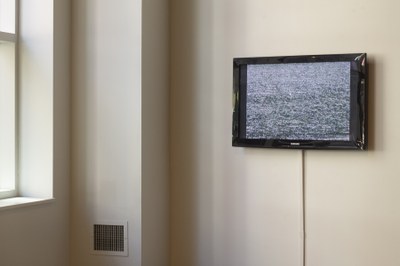 |
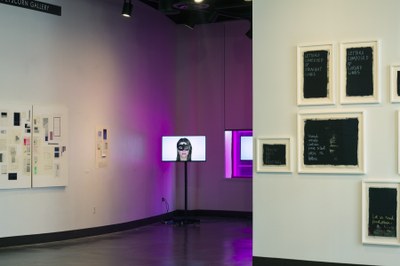 |
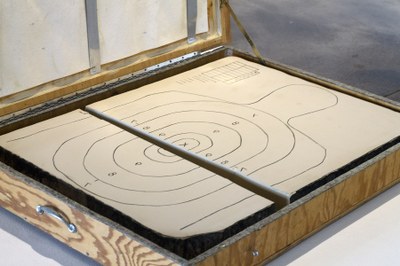 |
|---|---|---|
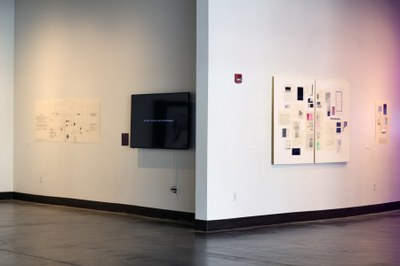 |
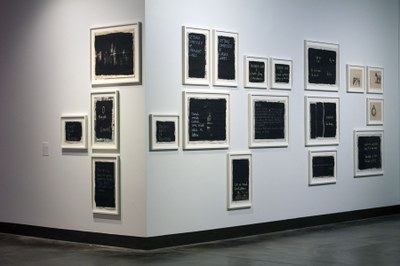 |
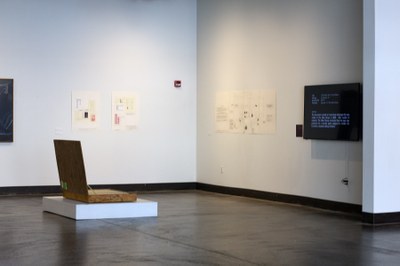 |

 Instagram
Instagram Facebook
Facebook Pinterest
Pinterest Twitter
Twitter